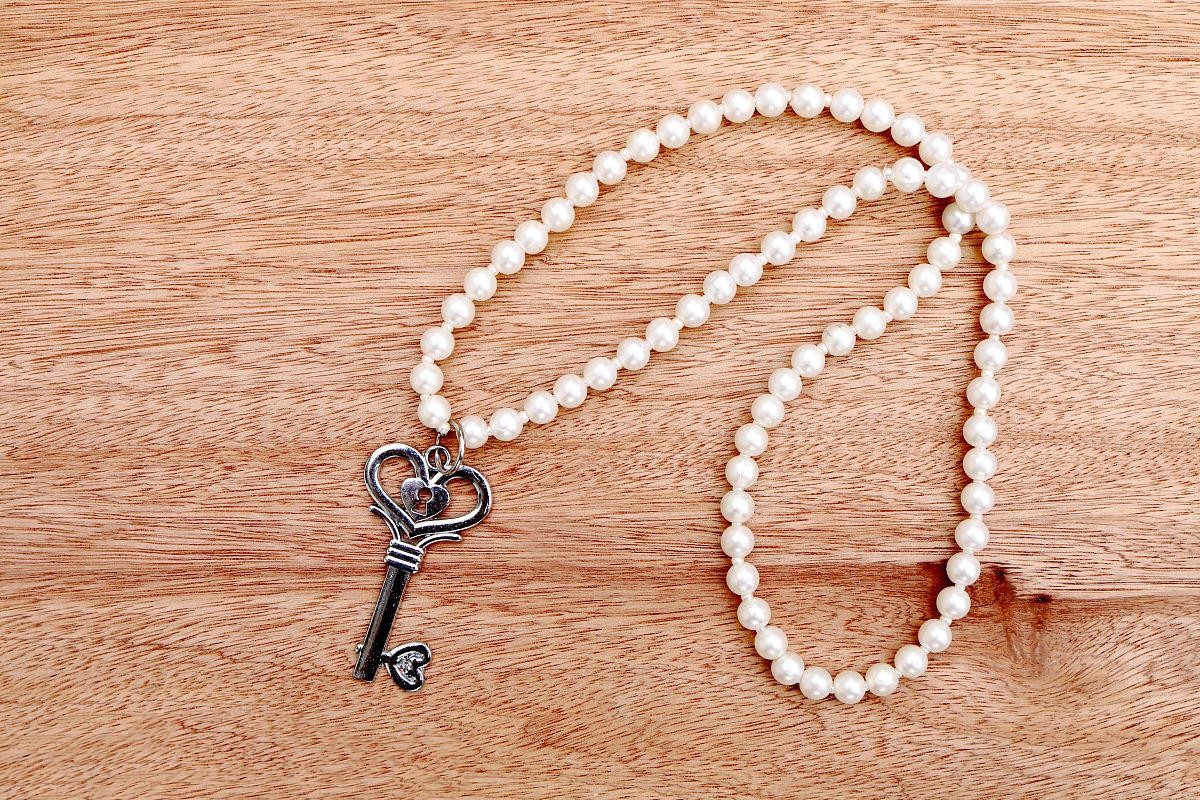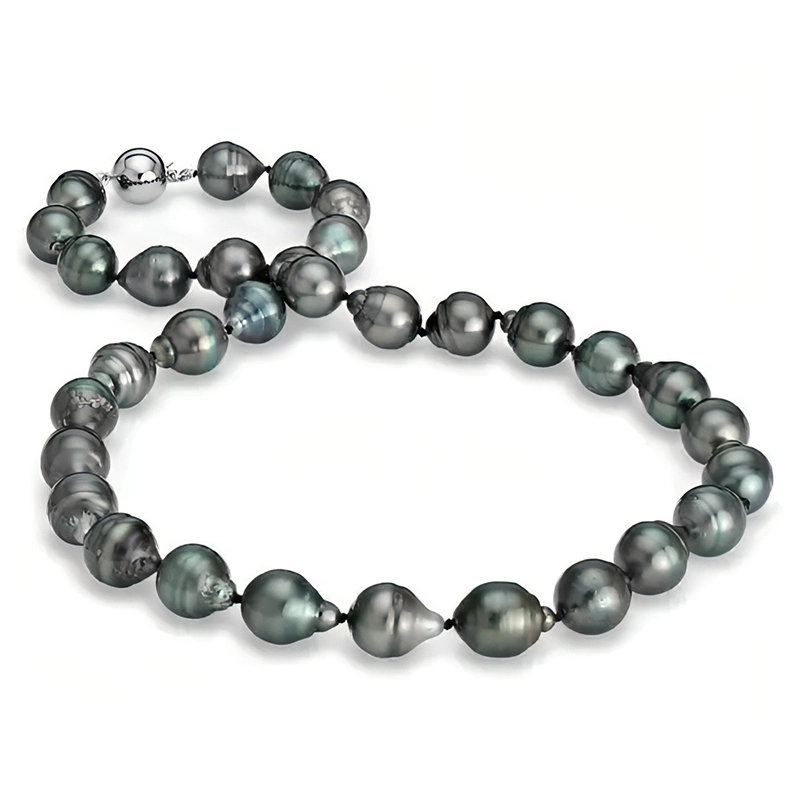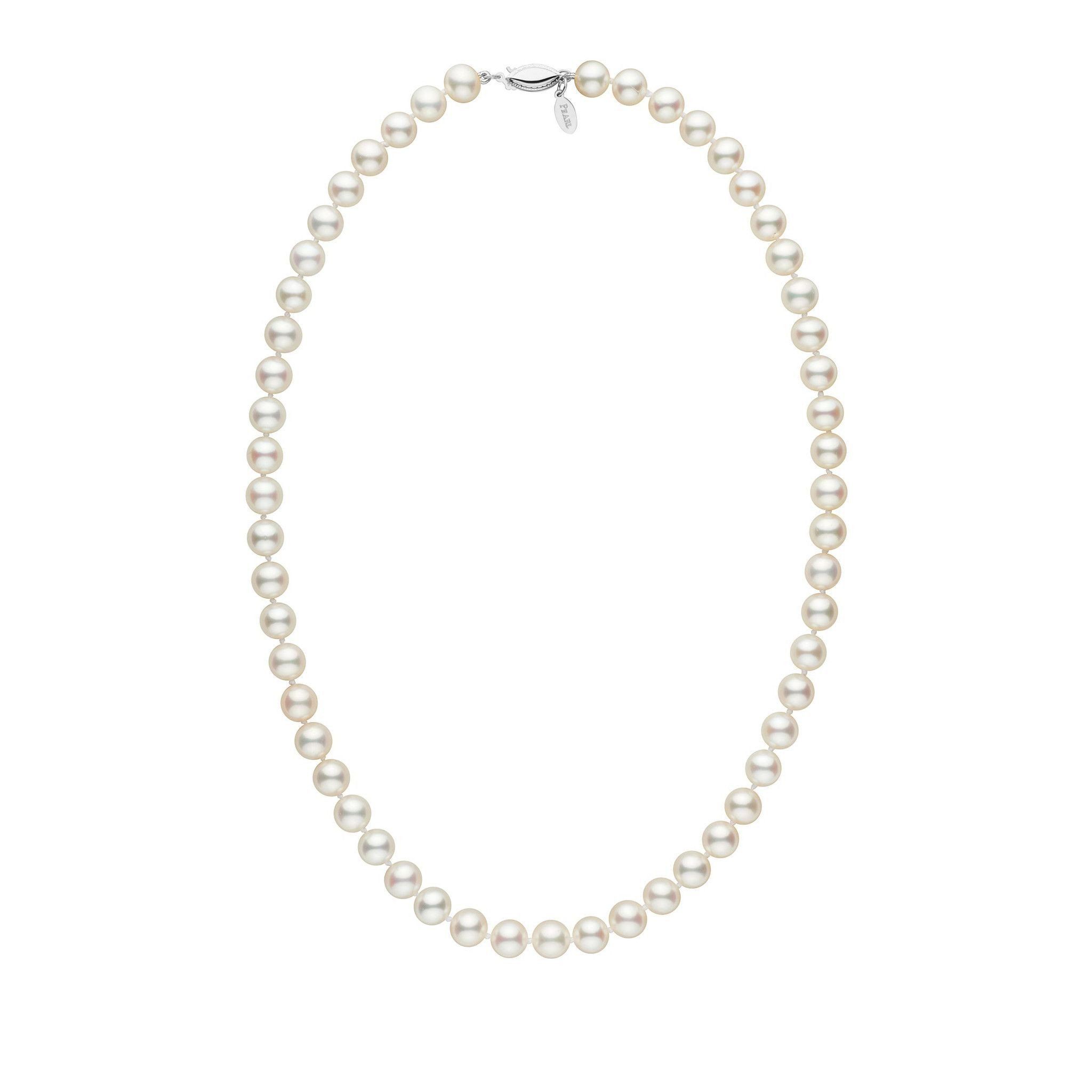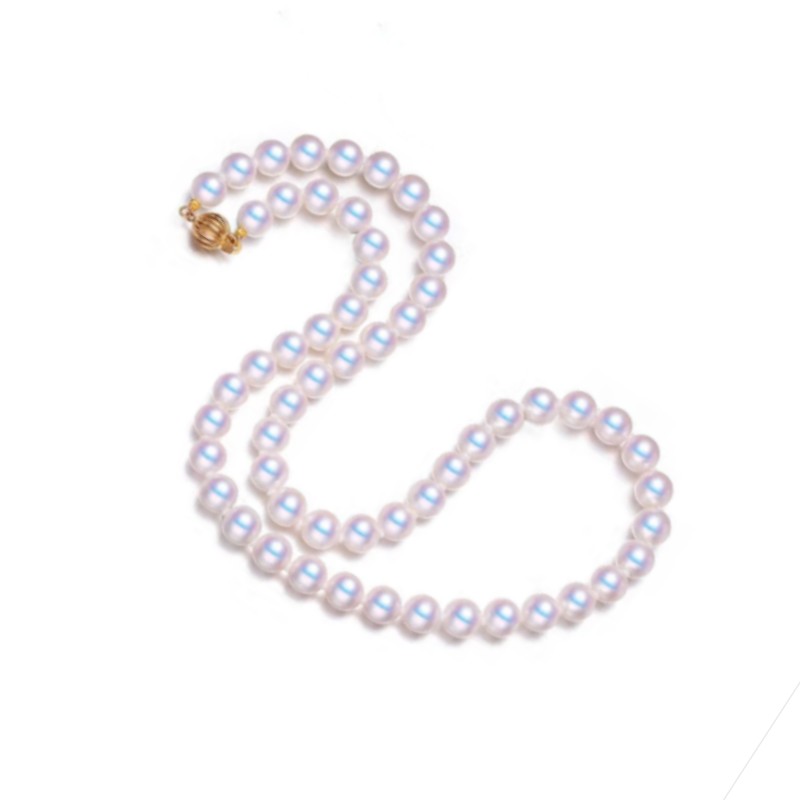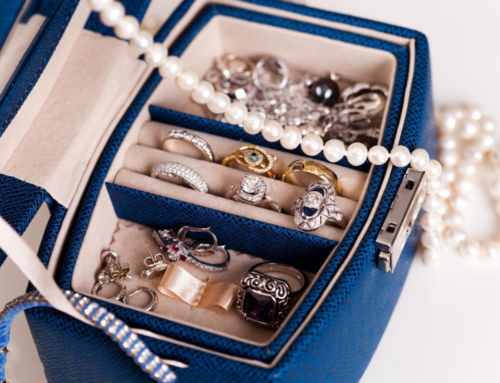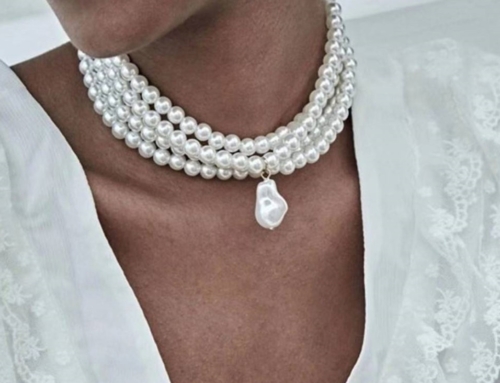Exploring What Does Pearl Necklace Mean
Pearl necklaces are timeless accessories that have been cherished by women for centuries. From ancient royalty to modern-day fashion icons, pearl necklaces have always been a symbol of elegance and sophistication. But what does a pearl necklace mean? In this article, we will delve into the historical significance, cultural symbolism, contemporary meanings, and misconceptions surrounding pearl necklaces.
Introduction to the Meaning of Pearl Necklace
A pearl necklace is a string of pearls worn around the neck as an accessory. Pearls are formed inside the shells of certain mollusks, such as oysters and mussels, and are prized for their beauty and rarity. Pearl necklaces have been worn by women for thousands of years and have held different meanings throughout history. Today, pearl necklaces are a popular choice for formal occasions and are often associated with weddings, but their meaning goes far beyond that.
Historical Significance of Pearl Necklaces
Pearls have been highly valued in many cultures throughout history. In ancient Rome, pearls were a status symbol and were often worn by the wealthy as a display of their wealth and power. In ancient China, pearls were believed to have magical powers and were used in medicine, as well as being worn as jewelry. In the 16th century, the demand for pearls in Europe was so high that it led to the creation of a pearl trade route between the Americas and Europe.
During the Victorian era, pearl necklaces became a popular accessory for women. Queen Victoria herself was a fan of pearls and often wore them in her portraits. Pearl necklaces were seen as a symbol of purity and innocence and were often given as gifts to young women on special occasions such as their coming of age or their wedding day.
The Symbolism of Pearl Necklaces in Different Cultures
The symbolism of pearl necklaces varies widely across different cultures. In many Asian cultures, pearls are associated with good luck, prosperity, and longevity. In Japan, the Akoya pearl is revered for its luster and is often given as a gift to young women on their graduation day. In Hinduism, pearls are associated with the moon and are believed to have a calming effect on the wearer.
In Christian tradition, pearls are a symbol of purity and are often associated with the Virgin Mary. In Islam, pearls are believed to represent perfection and are often mentioned in the Quran. In ancient Egypt, pearls were believed to have healing properties and were used in medicine.
Contemporary Meanings of Pearl Necklaces
Today, pearl necklaces are often associated with elegance, sophistication, and class. They are a popular choice for formal occasions such as weddings and black-tie events, but can also be worn to add a touch of glamour to everyday outfits. Pearl necklaces are often given as gifts to celebrate special occasions such as birthdays, anniversaries, and graduations.
Pearls are also associated with the zodiac sign of Cancer and are believed to bring emotional balance, calmness, and a sense of security to those born under this sign. In the fashion industry, pearls are often used to add a classic touch to modern designs and are a staple accessory for fashion icons such as Audrey Hepburn and Coco Chanel.
Different Types of Pearl Necklaces and Their Meanings
There are many different types of pearl necklaces, each with its unique meaning. A single pearl necklace, also known as a solitaire necklace, is a simple and classic design that is often worn as a symbol of elegance and sophistication. A pearl choker is a short necklace that sits snugly around the neck and is often worn as a statement piece.
A pearl strand necklace is a longer necklace that can be worn in a variety of styles. A three-strand pearl necklace is a classic design that is often worn for formal occasions, while a multi-colored pearl necklace is a more modern and playful design. A pearl pendant necklace is a necklace that features a single pearl or a cluster of pearls, often with a decorative element such as a diamond or a gold setting.
Original price was: $2,599.00.$2,299.00Current price is: $2,299.00.
12% Off
Original price was: $2,199.00.$1,899.00Current price is: $1,899.00.
14% Off
Original price was: $1,599.00.$1,299.00Current price is: $1,299.00.
19% Off
Original price was: $1,099.00.$899.00Current price is: $899.00.
18% Off
Popular Occasions to Wear Pearl Necklaces
Pearl necklaces are a popular choice for formal occasions such as weddings, galas, and other black-tie events. They are also a popular choice for graduations, where they are often given as gifts to celebrate academic achievements. Pearl necklaces can be worn to add a touch of elegance and sophistication to everyday outfits, and are a popular choice for workwear and business attire.
Pearl necklaces are also a popular choice for brides on their wedding day. They are often worn as a symbol of purity and innocence and are a traditional gift for bridesmaids. Pearl necklaces can be worn in a variety of styles, from a simple and classic single pearl necklace to a more elaborate multi-strand design.
Celebrity Influence on the Meaning of Pearl Necklaces
Celebrities have played a significant role in shaping the meaning of pearl necklaces. From Audrey Hepburn’s iconic pearl necklace in “Breakfast at Tiffany’s” to Princess Diana’s famous pearl choker, pearl necklaces have been worn by some of the most iconic women in history. Today, celebrities such as Rihanna, Beyonce, and Emma Watson are often seen wearing pearl necklaces on the red carpet and in their everyday lives.
How to Style a Pearl Necklace
Pearl necklaces can be styled in a variety of ways to suit different occasions and outfits. A simple single pearl necklace can be worn with a casual outfit such as a white t-shirt and jeans or dressed up with a little black dress for a formal event. A multi-strand pearl necklace can be worn with a strapless gown for a glamorous look, or paired with a blouse and pencil skirt for a chic and sophisticated outfit.
When styling a pearl necklace, it’s important to consider the length and style of the necklace. A choker-length necklace looks best with a strapless or off-the-shoulder neckline, while a longer necklace can be worn with a variety of necklines. It’s also important to consider the color of the pearls, with white and cream pearls being the most traditional and versatile.
Misconceptions About the Meaning of Pearl Necklaces
There are many misconceptions about the meaning of pearl necklaces. One of the most common misconceptions is that pearl necklaces are only appropriate for formal occasions. While pearl necklaces are often worn for formal events, they can also be worn to add a touch of elegance and sophistication to everyday outfits.
Another misconception is that pearl necklaces are only appropriate for older women. While pearl necklaces are often associated with older women, they can be worn by women of all ages. Many young women are embracing pearl necklaces as a modern and fashionable accessory.
Conclusion on the Evolving Meaning of Pearl Necklaces
Pearl necklaces have held different meanings throughout history and across different cultures. From a symbol of wealth and power in ancient Rome to a symbol of purity and innocence in Victorian England, pearl necklaces have evolved to become a timeless accessory that is cherished by women around the world.
Today, pearl necklaces are a symbol of elegance, sophistication, and class. They are a popular choice for formal occasions, but can also be worn to add a touch of glamour to everyday outfits. Pearl necklaces have been worn by some of the most iconic women in history, and continue to be a favorite accessory for fashion icons and celebrities today.
Whatever the meaning behind a pearl necklace, one thing is certain: it will always be a timeless and elegant accessory that will never go out of style.
Conclusion
Pearl necklaces are a timeless accessory that has evolved to become a symbol of elegance and sophistication. From ancient royalty to modern-day fashion icons, pearl necklaces have held different meanings throughout history and across different cultures. Today, they are a popular choice for formal occasions, but can also be worn to add a touch of glamour to everyday outfits.
Whatever the meaning behind a pearl necklace, one thing is certain: it will always be a timeless and elegant accessory that will never go out of style.

